This week’s post is just a fun way to wrap up my coverage of my trip to Hong Kong. Today, I’m sharing two particularly fascinating places I visited that aren’t as frequented by tourists: one intimately connected with the history of Hong Kong, and one more quirky in nature. The first is the Kowloon Walled City Park, a serene place that rises from the ashes of the notorious, anarchic enclave that once bore the same name. The second is the Ten Thousand Buddhas Monastery where years of devotion and pilgrimage have imbued it with a palpable spiritual energy, echoing through its serene halls and whispering among its countless statues. I didn’t dare to count them, but I believe the claim of having ten thousand statues, as during my climb up to the monastery I was flanked by statues for all of the over 400 steps!
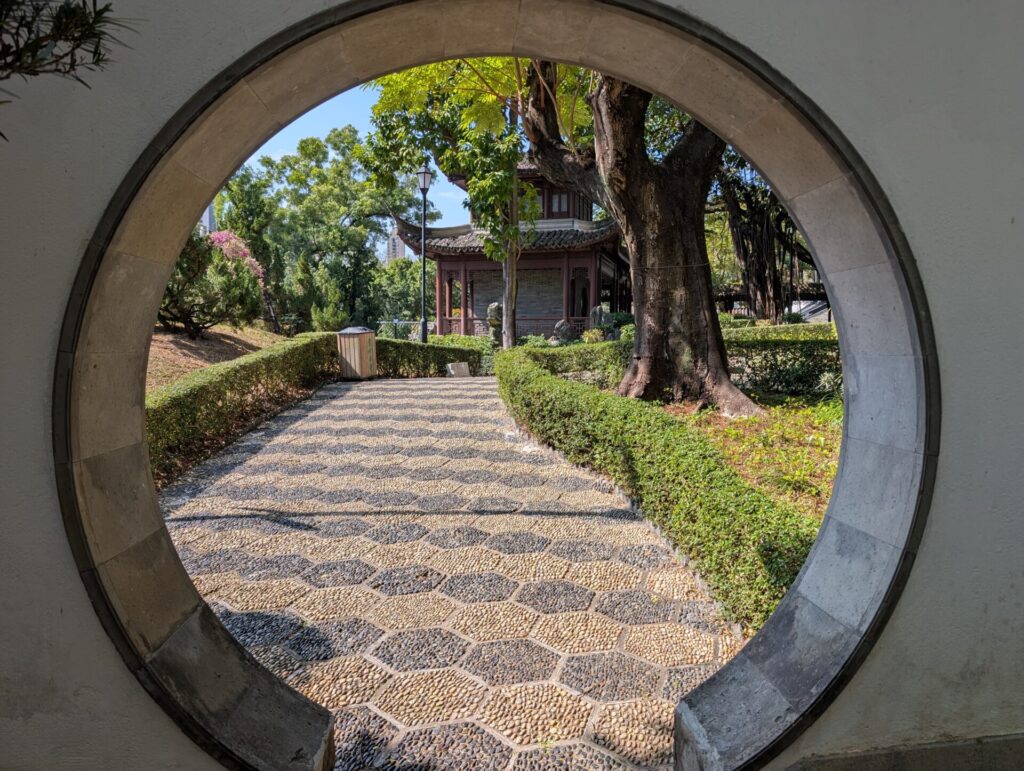
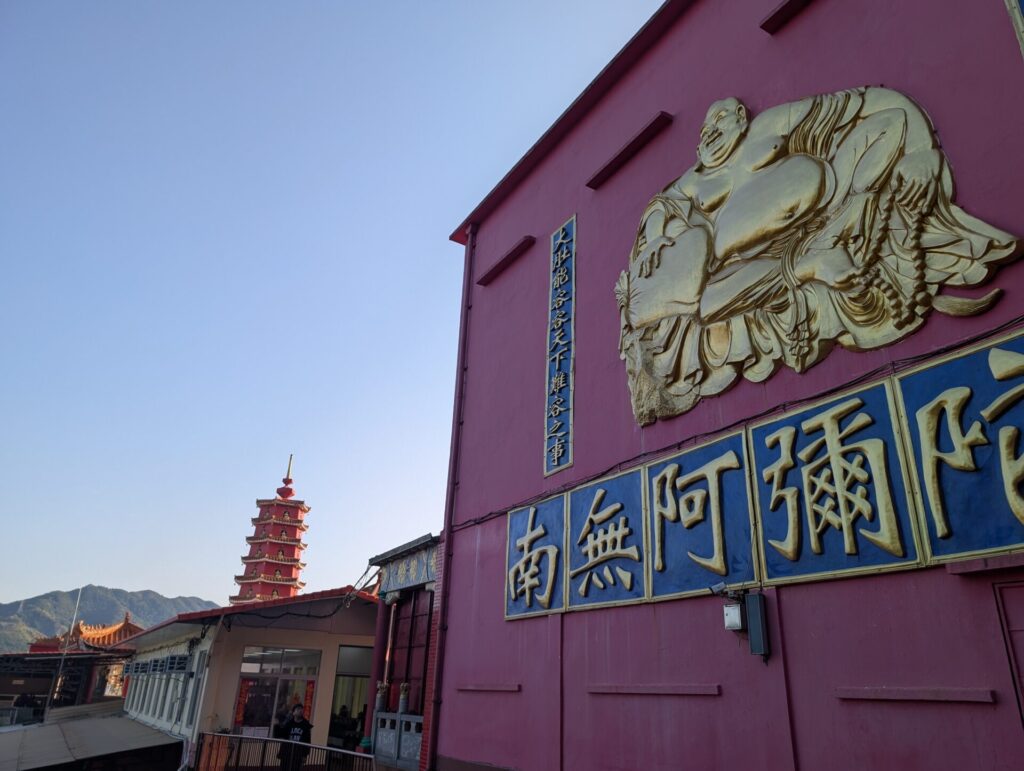
When I stepped into Kowloon Walled City Park, I was entering a place where tranquility bloomed from a turbulent past. Lush gardens and meticulously designed pathways now traced the outlines of a once-infamous labyrinth, offering a stark contrast to the chaotic density that had defined the walled city. Kowloon Walled City was, for decades, an incredibly dense and largely ungoverned settlement within Hong Kong, known for its unique and often challenging living conditions. Fragments of its history, like preserved building foundations such as the remnants of the South Gate, are woven into the park’s serene landscape, whispering tales of a community that thrived in its own self-governed microcosm. The park’s peaceful ambiance was a poignant reminder of Hong Kong’s transformation, a space where the echoes of a lost city were now softened by the rustling of greenery and the gentle trickle of water features, inviting quiet contemplation about the city’s past, present, and future.
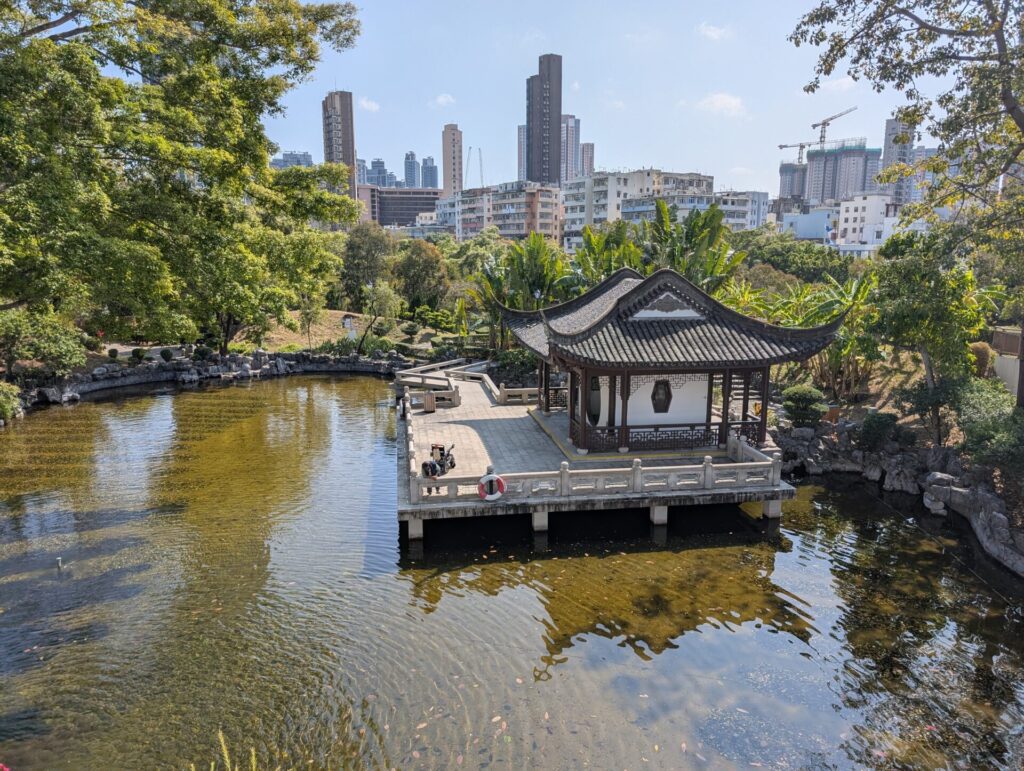
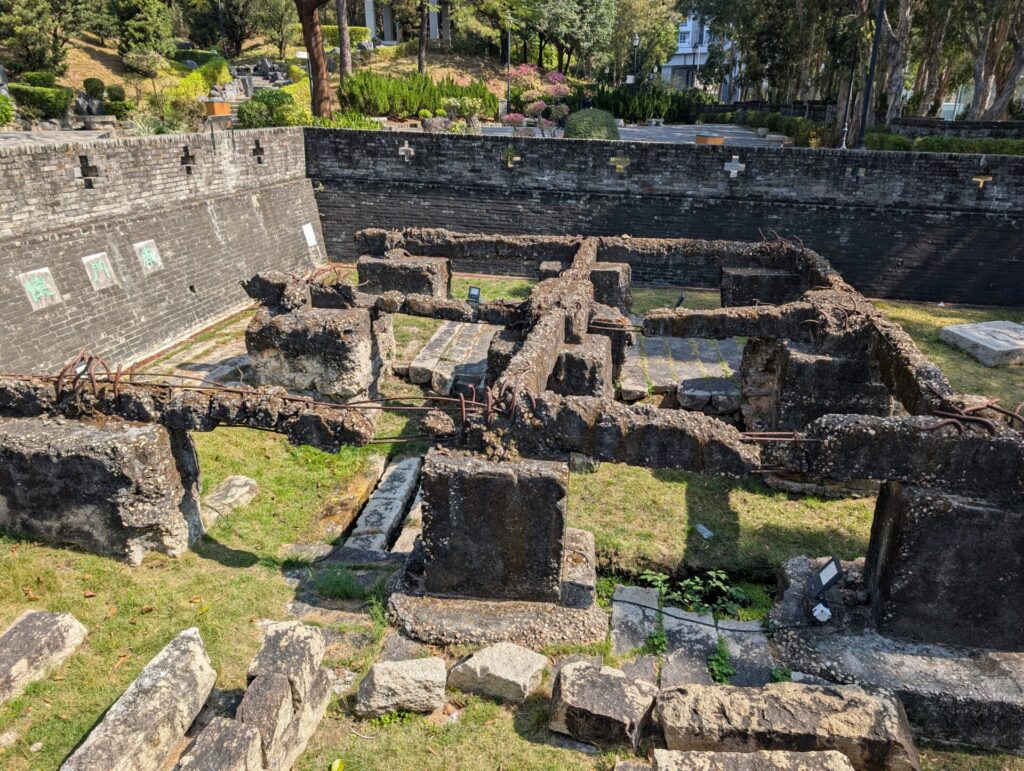
Ascending the steep path to the Ten Thousand Buddhas Monastery felt like embarking on a pilgrimage, with the hundreds of steps lined with golden Arhat statues, each with unique expressions and poses. Arhats, in Buddhist tradition, are enlightened beings who have attained nirvana, or spiritual awakening, and are considered worthy of veneration. The vibrant faces and intricate details of the figures created a surreal, almost dreamlike atmosphere, a stark contrast to the bustling city below. Now, I barely made it to the summit before the monastery closed as shortly after my arrival Buddhist chanting began to resonate from the speakers, signaling the end of public visitation. Regardless, upon reaching the monastery, the sense of serenity intensified, with the main halls housing countless smaller Buddha statues that shone in gold, the whole array radiating peace. As I prepared to leave, the air hummed against the chanting with a quiet reverence, a testament to the decades of devotion that had permeated the grounds. It wasn’t just the sheer number of statues that impressed me, but the palpable sense of spiritual energy, a feeling that lingered long after the descent, and left me with a strong desire to return and explore more fully.
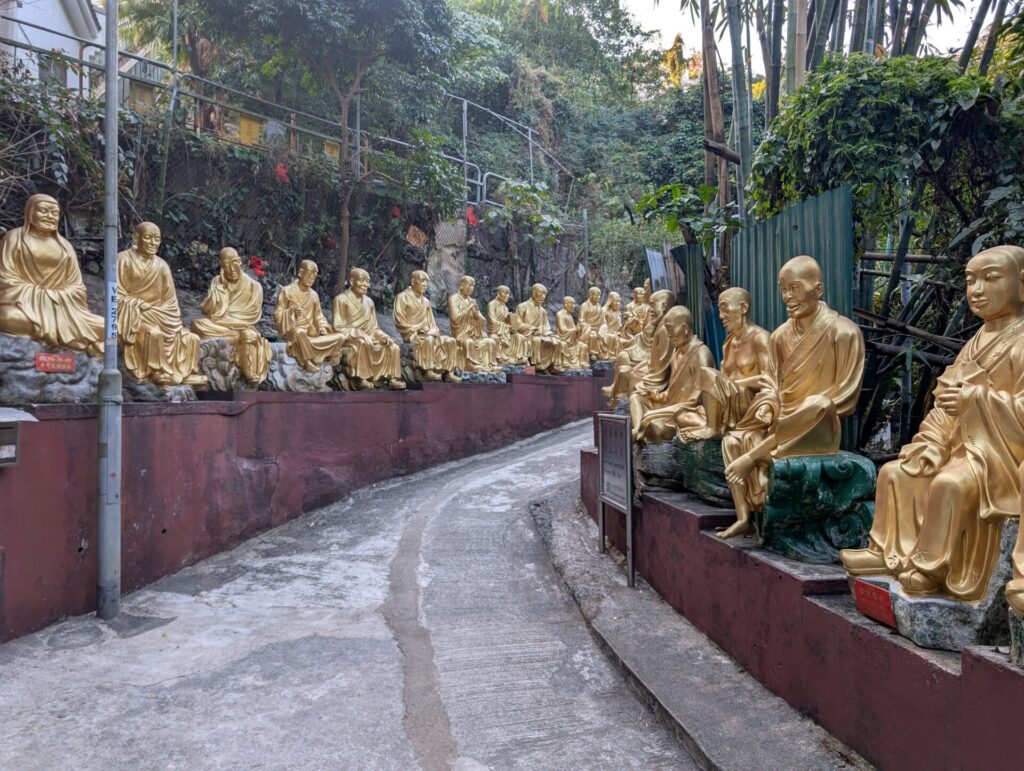
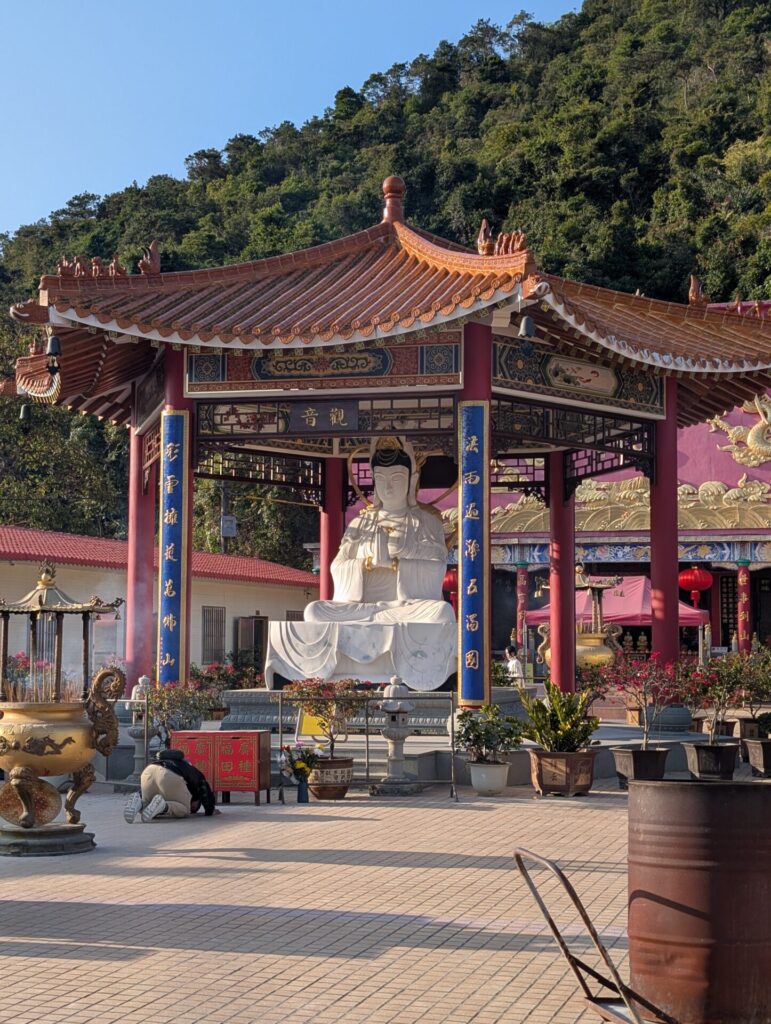
Hong Kong has countless additional gems like the ones above, some more hidden than others! Thus, I hope you enjoyed me sharing some of the places I visited on my trip with you, and walk away with the same conclusion that I had: Hong Kong is a vibrant place with a fascinating past present, and future, particularly for those like me who are interested in the Greater China region.
A quick update: I have decided to take next week off from posting because I have an important exam at the beginning of the week when I usually write my posts. Don’t worry, however, because on March 24th I will be writing about Macau before leaving on 3/31 for another mystery destination!
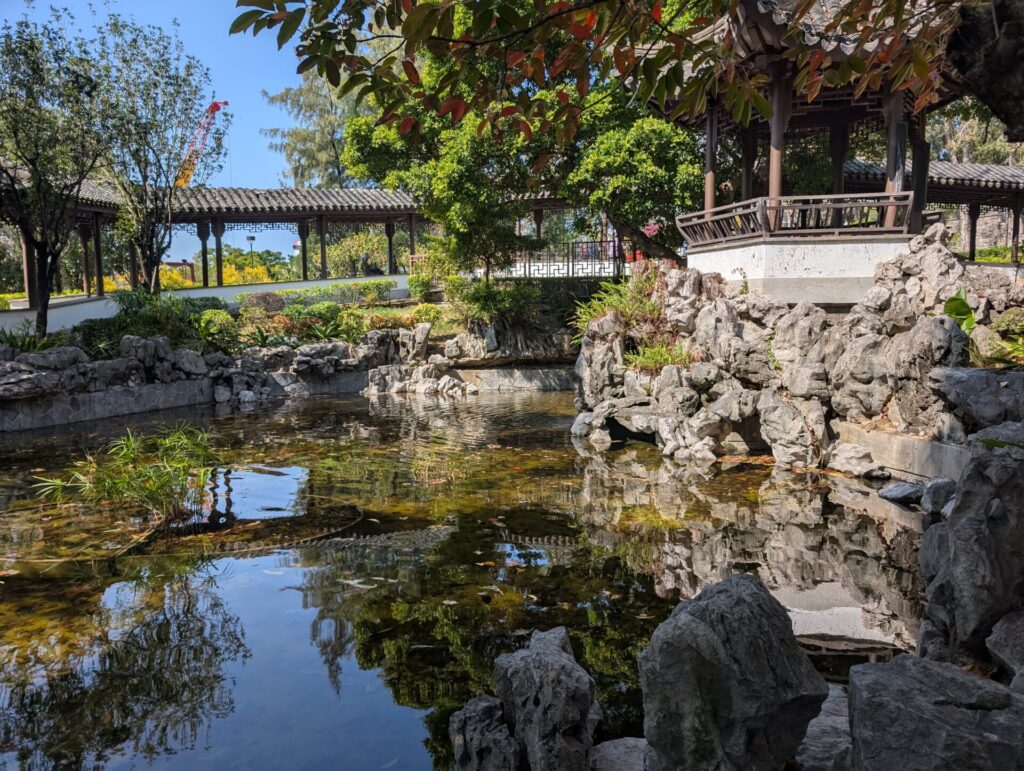
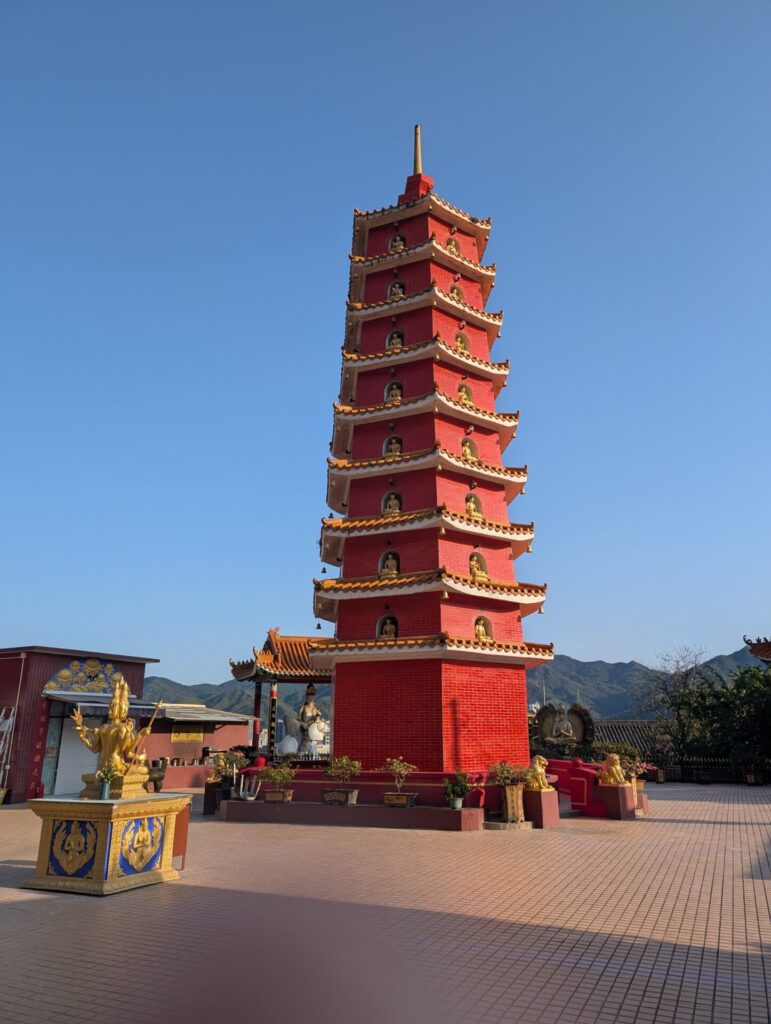

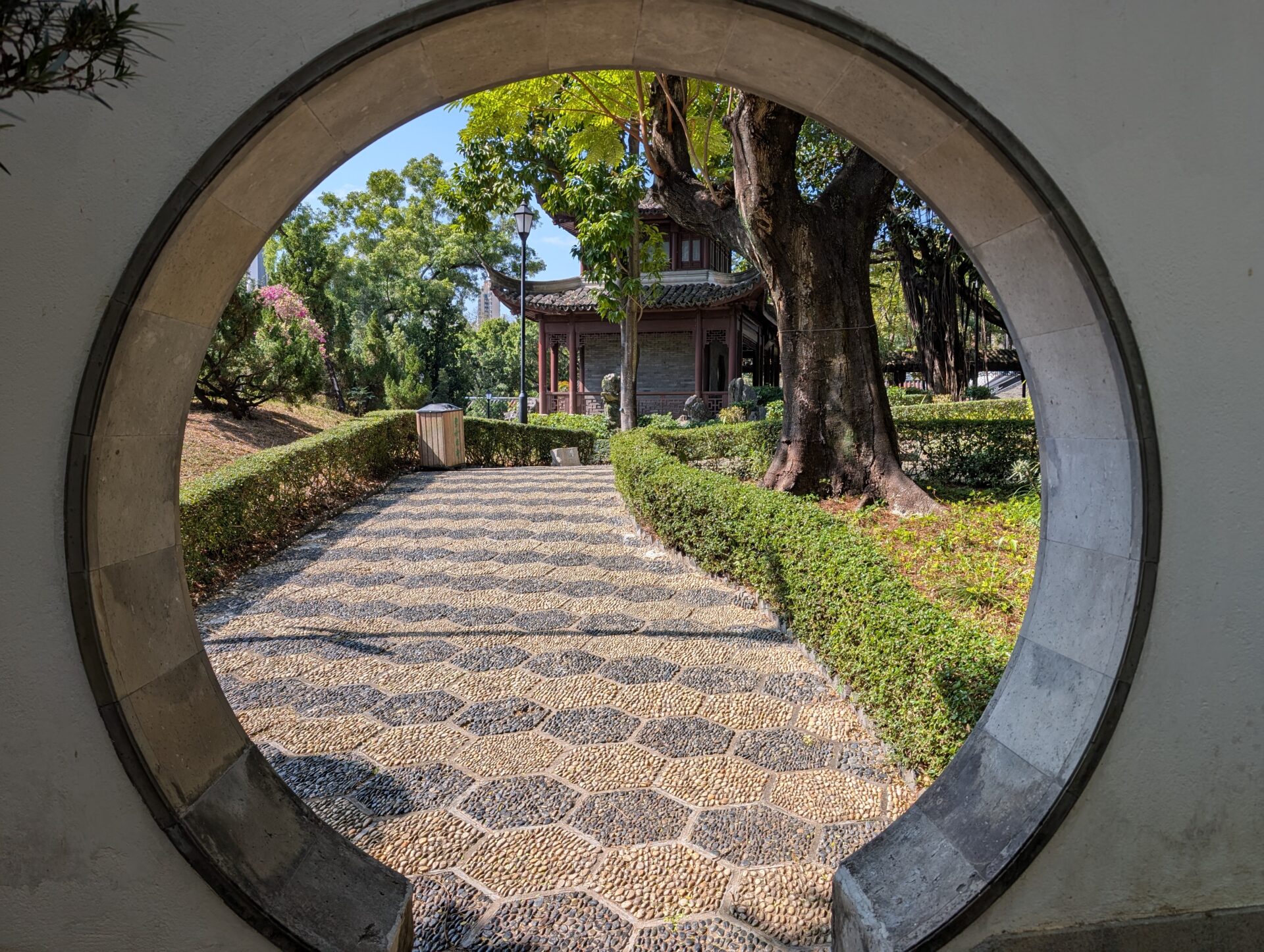
Leave a Reply